

Articles
How Long To Steam Squash In Steamer
Modified: January 21, 2024
Learn how long to steam squash in a steamer with our informative article. Discover the perfect cooking time and enjoy deliciously tender and flavorful squash.
(Many of the links in this article redirect to a specific reviewed product. Your purchase of these products through affiliate links helps to generate commission for Storables.com, at no extra cost. Learn more)
How Long To Steam Squash In Steamer
Steaming squash is a simple and healthy way to enjoy this versatile vegetable. Not only does steaming help to retain the squash’s natural flavors and nutrients, but it also ensures a tender and delicious final result. Whether you’re cooking butternut squash, zucchini, or any other variety, knowing how long to steam squash in a steamer is key to achieving the perfect texture and taste. In this article, we will guide you through the process of steaming squash and provide you with the ideal steaming times for different types of squash.
Key Takeaways:
- Steaming squash preserves nutrients, flavors, and textures, making it a healthy and versatile cooking method. Follow proper preparation and steaming times for perfect, delicious results in various recipes.
- Enjoy steamed squash as a nutritious side dish or incorporate it into salads, stir-fries, pasta dishes, soups, stews, or baked goods. Experiment with seasonings and creative serving ideas to elevate your meals.
Read more: How Long To Steam Potatoes In Steamer
Introduction
Squash is a nutritious and delicious vegetable that can be prepared in various ways. Steaming is one of the best cooking methods for squash as it helps to preserve the vegetable’s natural flavors and nutrients. Steaming squash is not only easy and convenient but also a healthy choice as it requires minimal oil and retains the vegetable’s texture and color. Whether you’re an experienced cook or a beginner in the kitchen, knowing the proper steaming time for squash is essential to achieving the perfect doneness and maintaining the vegetable’s integrity.
In this article, we will explore the benefits of steaming squash, provide you with step-by-step instructions on preparing the squash for steaming, guide you through the actual steaming process, give you tips on how to check for doneness, and offer some creative serving suggestions. By the end of this article, you’ll have all the knowledge you need to steam squash to perfection!
Benefits of Steaming Squash
Steaming squash offers several benefits that make it an excellent cooking method for this versatile vegetable. Here are some of the key advantages of steaming squash:
- Retains Nutrients: Steaming is a gentle cooking method that helps to retain the natural nutrients present in squash. Unlike boiling or frying, where nutrients can leach out into the cooking water or oil, steaming helps preserve the vitamins, minerals, and antioxidants that squash has to offer.
- Preserves Flavor: Steaming squash allows it to retain its delicious natural flavors. The gentle steam helps the squash to cook evenly, ensuring a tender yet slightly crisp texture while preserving the vegetable’s delicate taste.
- Minimal Oil Usage: Steaming requires little to no oil, making it a healthier cooking option. This is especially beneficial for those watching their fat intake or following a low-fat diet.
- Maintains Texture and Color: Steaming squash helps maintain its vibrant color and firm texture. Unlike boiling, which can lead to a mushy texture, steaming preserves the squash’s natural crunchiness and vibrant appearance.
- Versatility: Steamed squash is incredibly versatile and can be enjoyed on its own as a side dish or incorporated into various recipes. It can be seasoned with herbs and spices, added to salads, mixed into stir-fries, or pureed into soups and sauces.
Overall, steaming squash is a fantastic cooking technique that allows you to enjoy all the nutritional benefits and flavors of this vegetable while maintaining its natural texture and color. So let’s move on to the next section, where we’ll guide you through preparing the squash for steaming.
Preparing the Squash
Before you start steaming squash, it’s important to prepare the vegetable properly. Here’s a step-by-step guide on how to prepare squash for steaming:
- Choose the Right Squash: Select fresh, firm squash for the best results. Popular varieties for steaming include butternut squash, acorn squash, spaghetti squash, and zucchini. Wash the squash thoroughly to remove any dirt or residue.
- Peel and Remove Seeds: Depending on the type of squash, you may need to peel it before steaming. For butternut squash and acorn squash, use a vegetable peeler or a sharp knife to remove the outer skin. Cut the squash in half lengthwise and scoop out the seeds and stringy pulp with a spoon. For zucchini and other smaller varieties, you can leave the skin on or peel it based on your preference.
- Slice or Cube: Once the squash is peeled and seeds are removed, you can slice or cube it into your desired shape and size. For steaming, it’s best to aim for uniform pieces to ensure even cooking.
- Season if Desired: At this stage, you can choose to season the squash with your favorite herbs, spices, or marinades. Add a sprinkle of salt, pepper, garlic powder, or any other seasoning of your choice. This step is optional, and you can also choose to keep the squash plain and season it later according to your recipe.
Now that you have prepared the squash, it’s time to move on to the next section, where we will guide you through the actual steaming process.
Steam squash for 10-15 minutes, depending on the size and type. Check for tenderness with a fork. Larger pieces may need longer steaming.
Steaming the Squash
Now that you have prepared the squash, it’s time to start the steaming process. Follow these steps to steam squash to perfection:
- Choose a Steamer: You can use a steamer basket or a steamer pot for steaming squash. If using a steamer basket, make sure it fits securely in a pot or saucepan. If using a steamer pot, fill the bottom with water according to the manufacturer’s instructions.
- Add Water: If using a steamer basket, fill the pot with water, making sure it doesn’t touch the bottom of the steamer basket. If using a steamer pot, follow the manufacturer’s instructions for filling the water reservoir.
- Preheat: Place the steamer pot or saucepan with the steamer basket on the stove over medium heat. Allow the water to come to a simmer or gentle boil.
- Add the Squash: Carefully place the prepared squash in the steamer basket or steamer pot, making sure they are arranged in a single layer. Avoid overcrowding, as this can lead to uneven cooking.
- Cover and Steam: Place the lid on the pot or saucepan to cover the squash. Steam the squash for the recommended time, based on the variety and size of the squash (refer to the next section for steaming times).
- Check for Doneness: After the recommended steaming time, check the squash for doneness. It should be tender when pierced with a fork but still have a slight firmness. Be careful not to overcook, as the squash can become mushy.
- Remove and Serve: Once the squash is cooked to your desired doneness, remove it from the steamer using tongs or a slotted spoon. Transfer it to a serving dish or use it in your chosen recipe.
Steaming squash is a simple and effective method that yields delicious and nutritious results. In the next section, we will discuss how to check for doneness to ensure your squash is cooked to perfection.
Read more: How Long To Steam Carrots In Steamer
Checking for Doneness
When steaming squash, it’s important to check for doneness to ensure it’s cooked to the desired texture. Here are a few ways to check if the squash is done:
- Pierce with a Fork: Take a fork and gently pierce one of the larger pieces of squash. If it goes through easily and the squash feels tender, it’s likely done. The fork should go in smoothly without any resistance.
- Texture Test: You can also do a texture test by taking a small piece of the squash and tasting it. It should be soft and tender but still have a slight firmness. Avoid overcooking until the squash becomes mushy.
- Color and Appearance: The color of the squash should be vibrant and uniform. If it appears dull or has inconsistent coloring, it may not be fully cooked. The texture should be slightly firm but not raw or crunchy.
Remember that cooking times may vary depending on the size and variety of the squash, so it’s essential to check for doneness as you approach the recommended steaming time. Once the squash is cooked to your liking, remove it from the steamer and proceed to serve or use it in your desired recipe.
Now that you know how to check for doneness, let’s move on to the last section, where we’ll provide some creative serving suggestions for your steamed squash.
Serving Suggestions
Steamed squash is a versatile and flavorful vegetable that can be enjoyed in various ways. Here are some creative serving suggestions to make the most of your steamed squash:
- As a Side Dish: Serve steamed squash as a simple and healthy side dish. Add a pat of butter or a drizzle of olive oil, sprinkle with salt and pepper, and garnish with fresh herbs like parsley or thyme.
- In Salads: Slice or cube the steamed squash and add it to your favorite salads. It adds a delightful texture and subtle sweetness. Combine it with mixed greens, cherry tomatoes, feta cheese, and a light vinaigrette dressing.
- In Stir-Fries: Incorporate steamed squash into your stir-fries for an extra boost of nutrients. Add it along with other vegetables like bell peppers, broccoli, and snap peas. Toss with your choice of protein and a flavorful stir-fry sauce.
- In Pasta Dishes: Use steamed squash as a delicious topping for pasta dishes. Combine it with cooked pasta, your favorite sauce, and grated Parmesan cheese for a simple yet satisfying meal.
- In Soups and Stews: Puree steamed squash and use it as a base for creamy soups and stews. It adds a velvety texture and imparts a subtle sweetness to the dish.
- In Baked Goods: Get creative and use steamed squash in baked goods like muffins, bread, or cakes. It adds moisture and a hint of sweetness to your recipes, making them healthier and more flavorful.
These are just a few suggestions to inspire you. Feel free to experiment with your favorite seasonings, spices, and ingredients to create unique dishes using steamed squash. The possibilities are endless!
Now that you have learned about serving suggestions, it’s time to wrap up this article.
Conclusion
Steaming squash is a fantastic way to enjoy this versatile and nutritious vegetable. The gentle cooking method helps retain the natural flavors, textures, and nutrients of the squash, making it a healthy and delicious addition to your meals. Whether you’re steaming butternut squash, zucchini, or any other variety, knowing how long to steam squash is key to achieving the perfect doneness.
In this article, we discussed the benefits of steaming squash, the steps involved in preparing the squash for steaming, the actual steaming process, how to check for doneness, and some creative serving suggestions. By following these guidelines, you can create flavorful and healthy dishes using steamed squash.
Remember to select fresh, firm squash, peel and remove the seeds if required, and slice or cube the squash before steaming. Ensure that you use a steamer basket or pot, preheat it, and steam the squash until it is tender yet slightly firm. Check for doneness by piercing the squash with a fork or doing a texture test, and serve it as a side dish or incorporate it into salads, stir-fries, pasta dishes, soups, stews, or even baked goods.
With proper preparation and cooking, you can enjoy the natural flavors, textures, and health benefits of steamed squash. So go ahead and start experimenting with different squash varieties and recipes to discover your favorite way to enjoy this delicious vegetable!
Frequently Asked Questions about How Long To Steam Squash In Steamer
Was this page helpful?
At Storables.com, we guarantee accurate and reliable information. Our content, validated by Expert Board Contributors, is crafted following stringent Editorial Policies. We're committed to providing you with well-researched, expert-backed insights for all your informational needs.

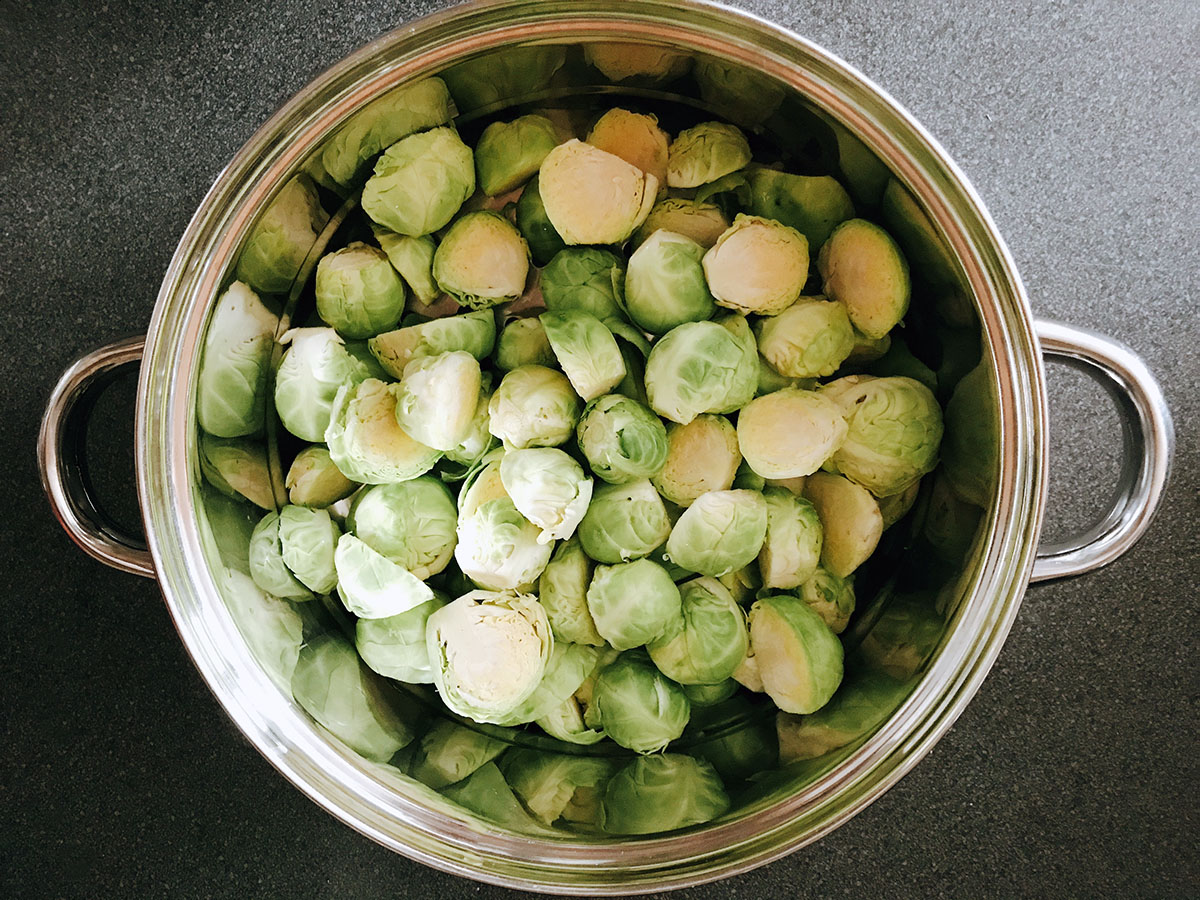
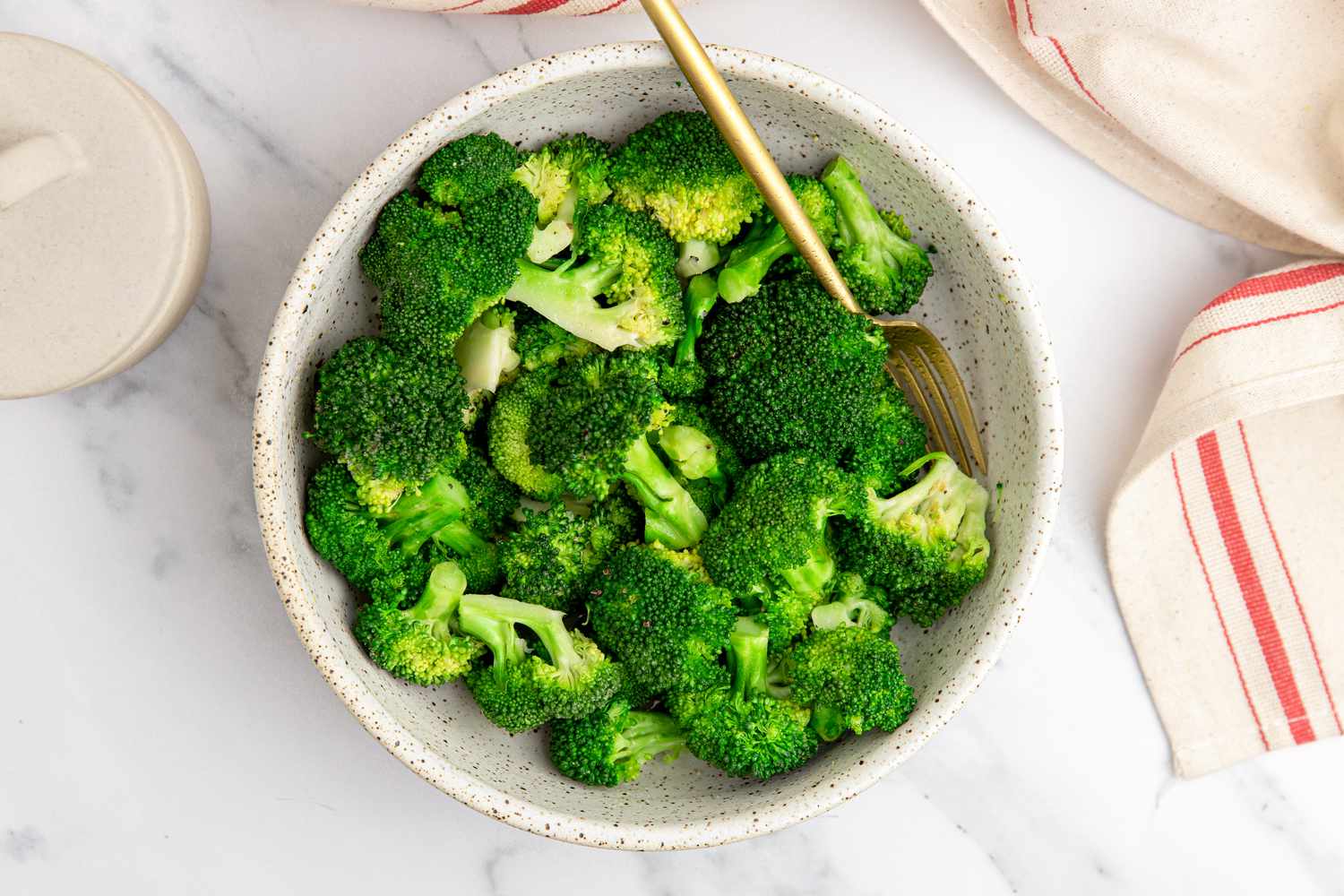
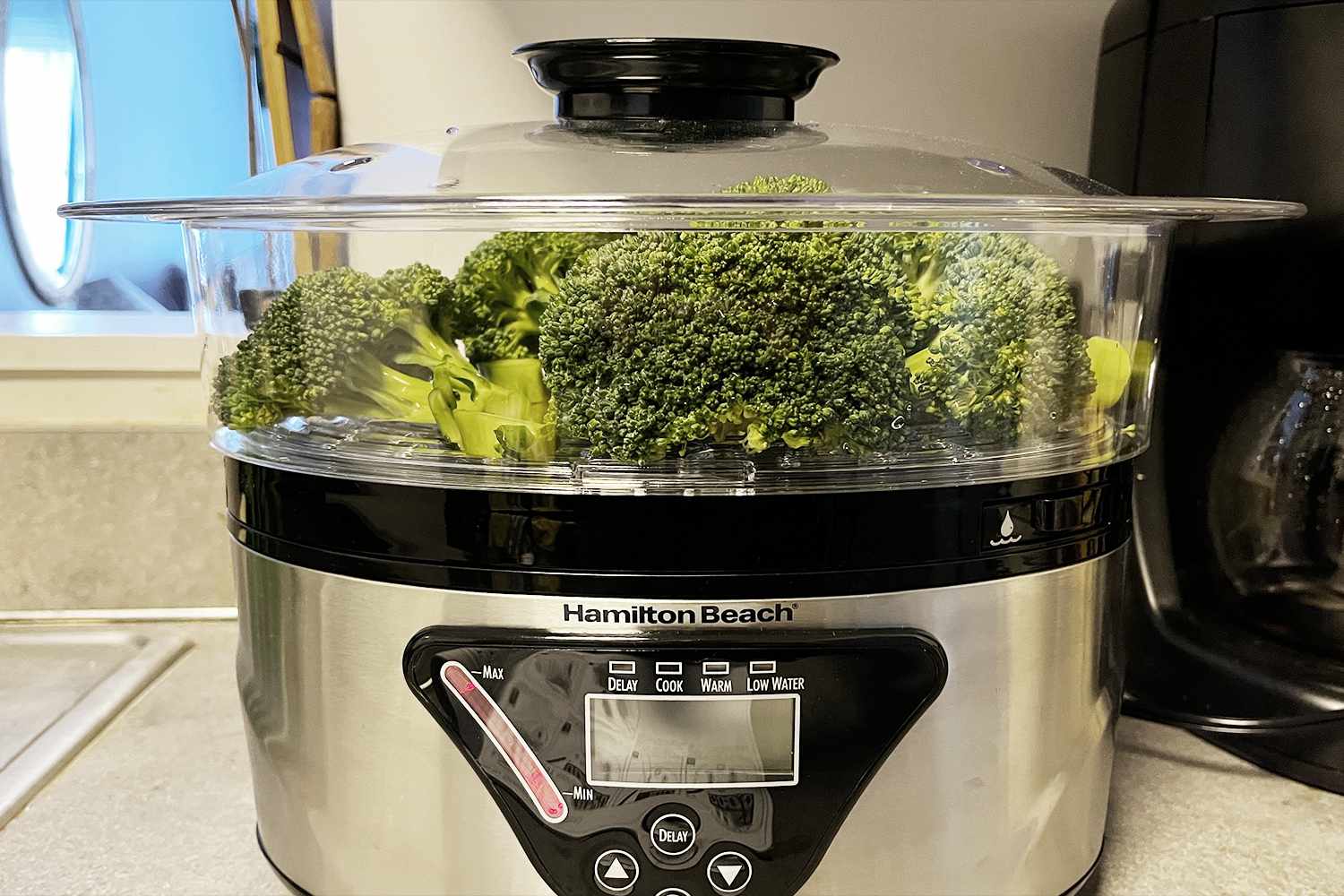
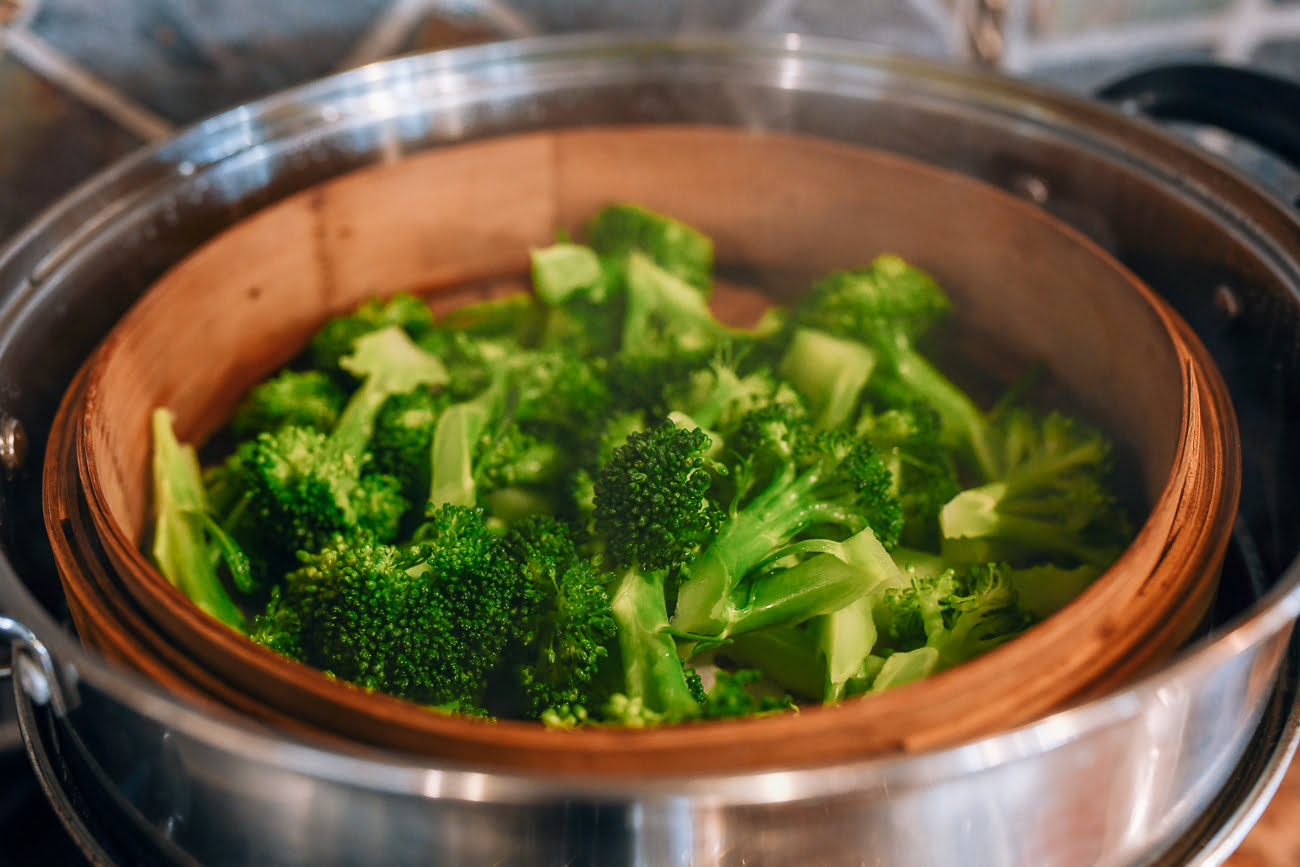

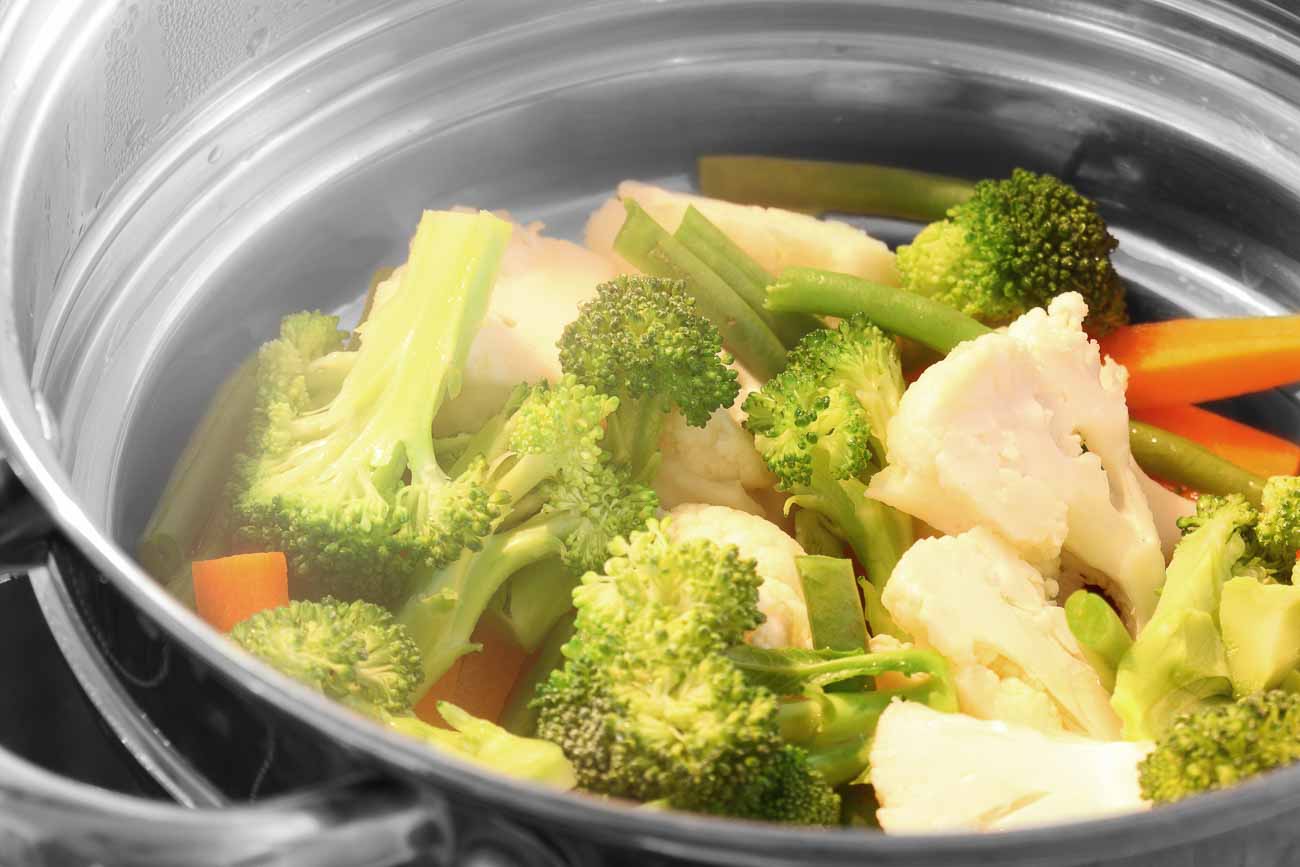
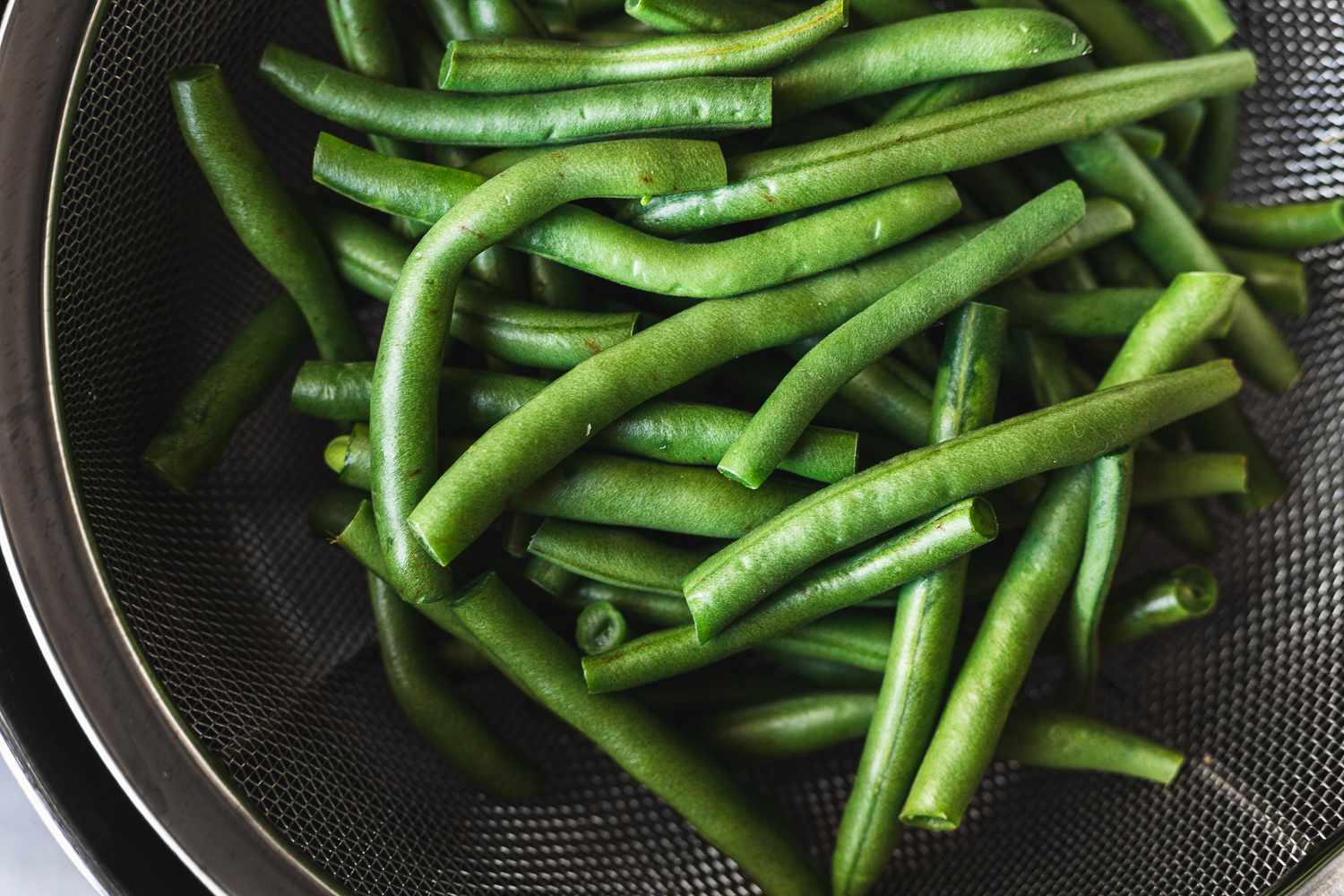
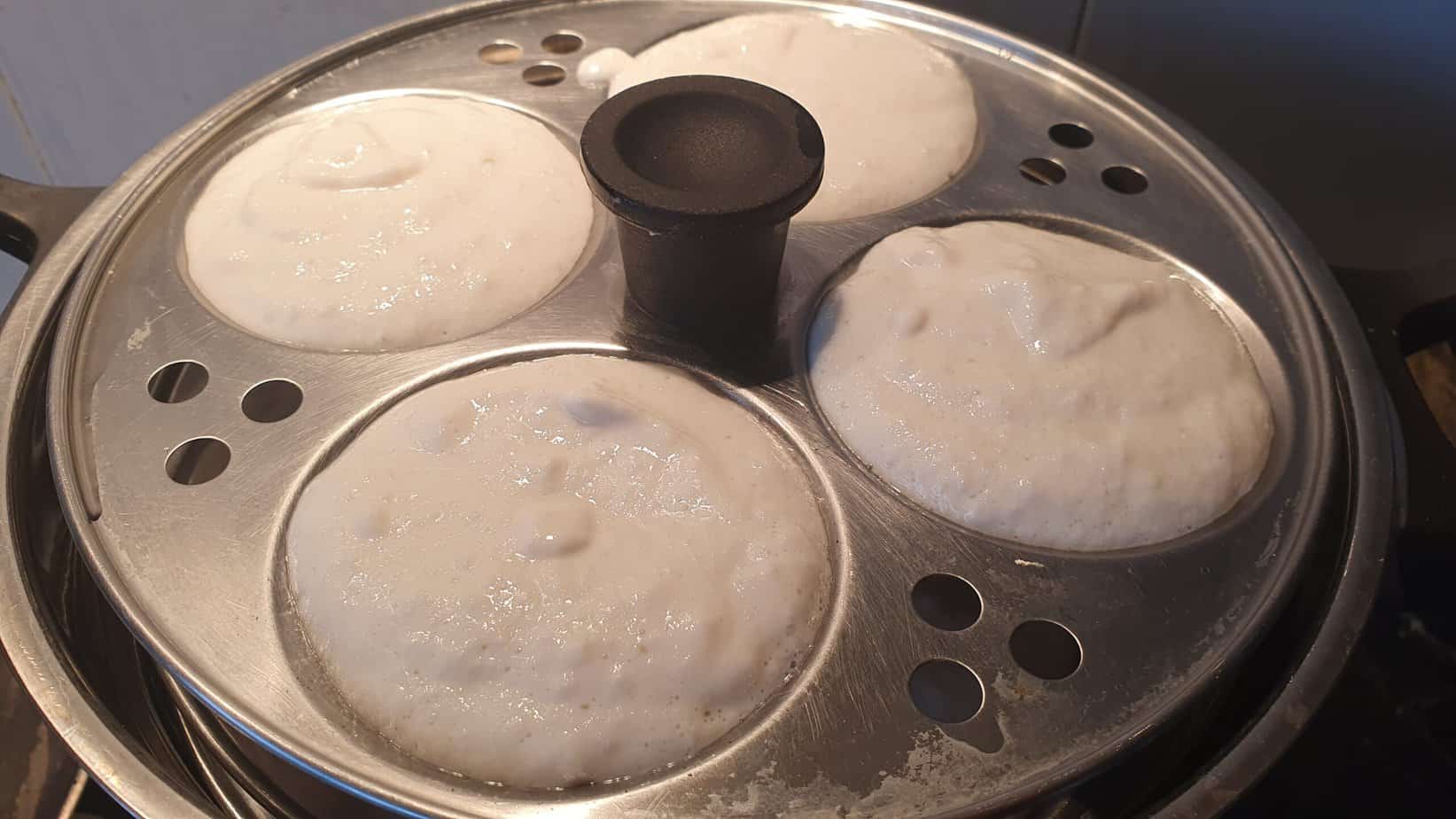
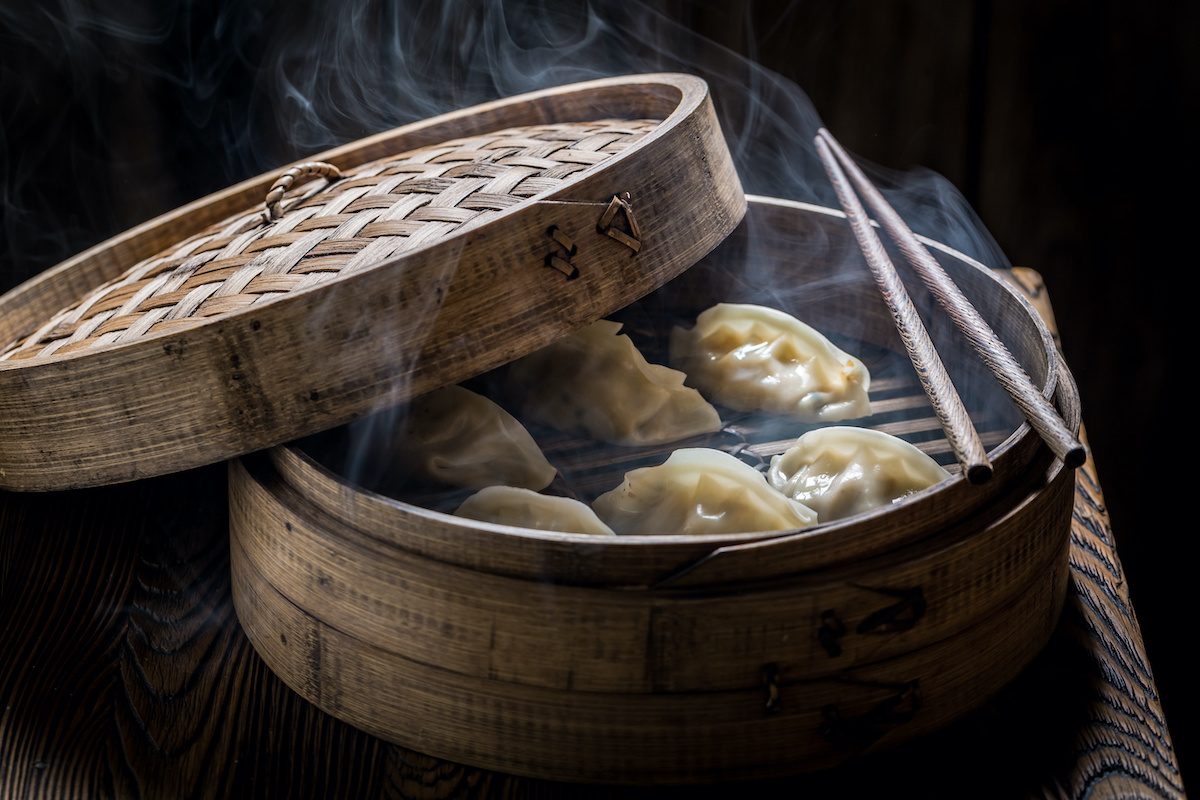
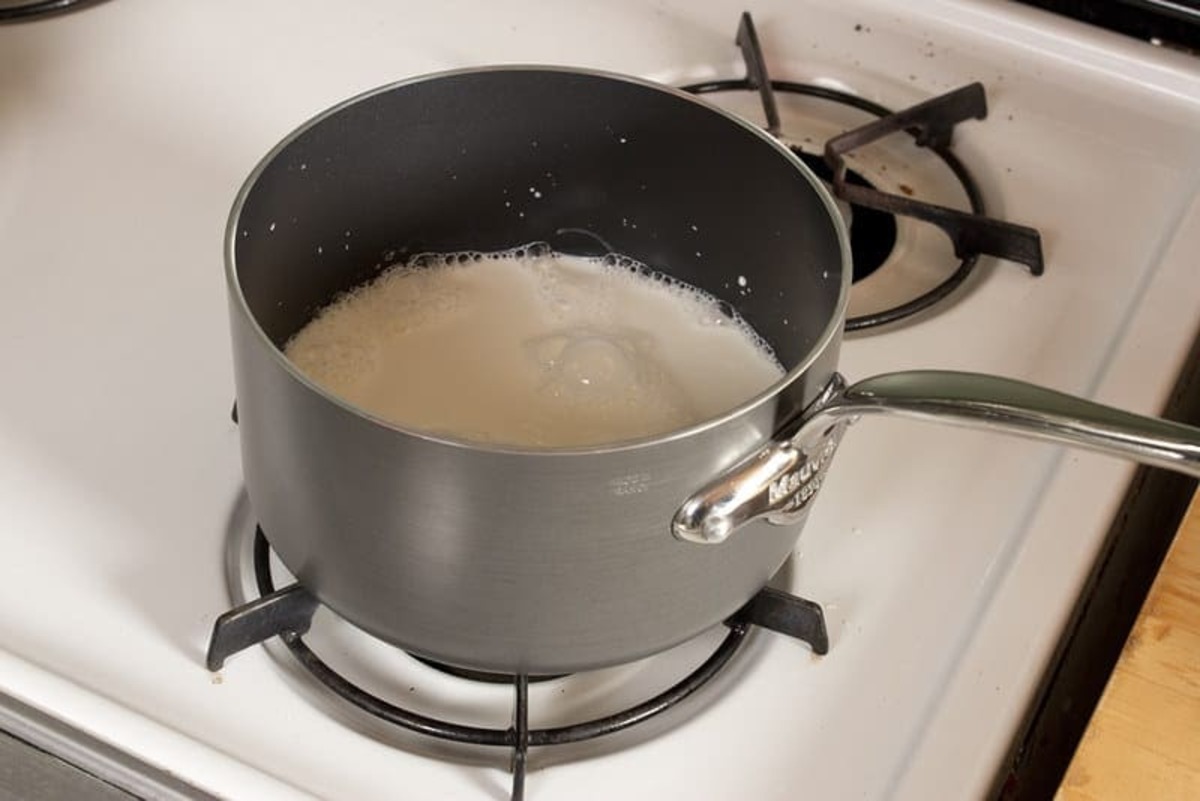
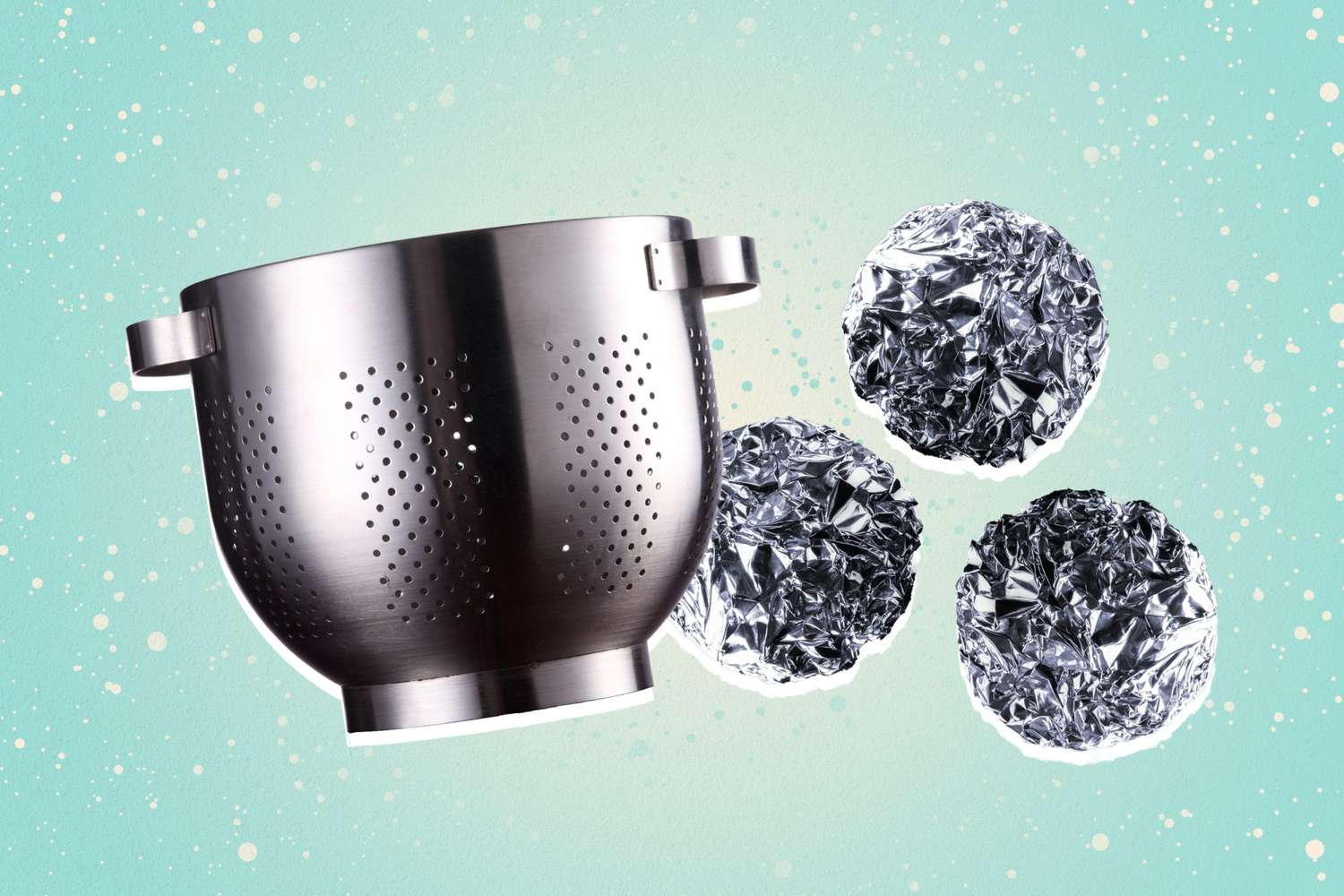

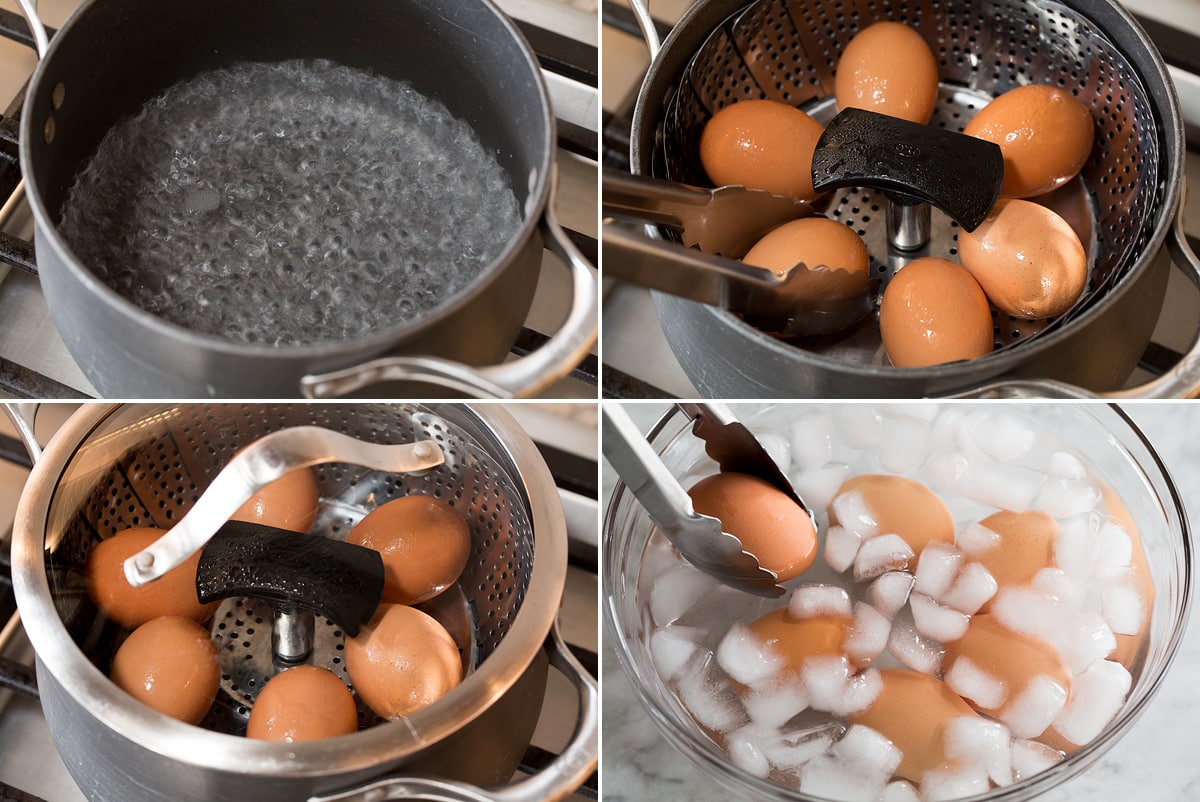

0 thoughts on “How Long To Steam Squash In Steamer”